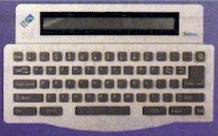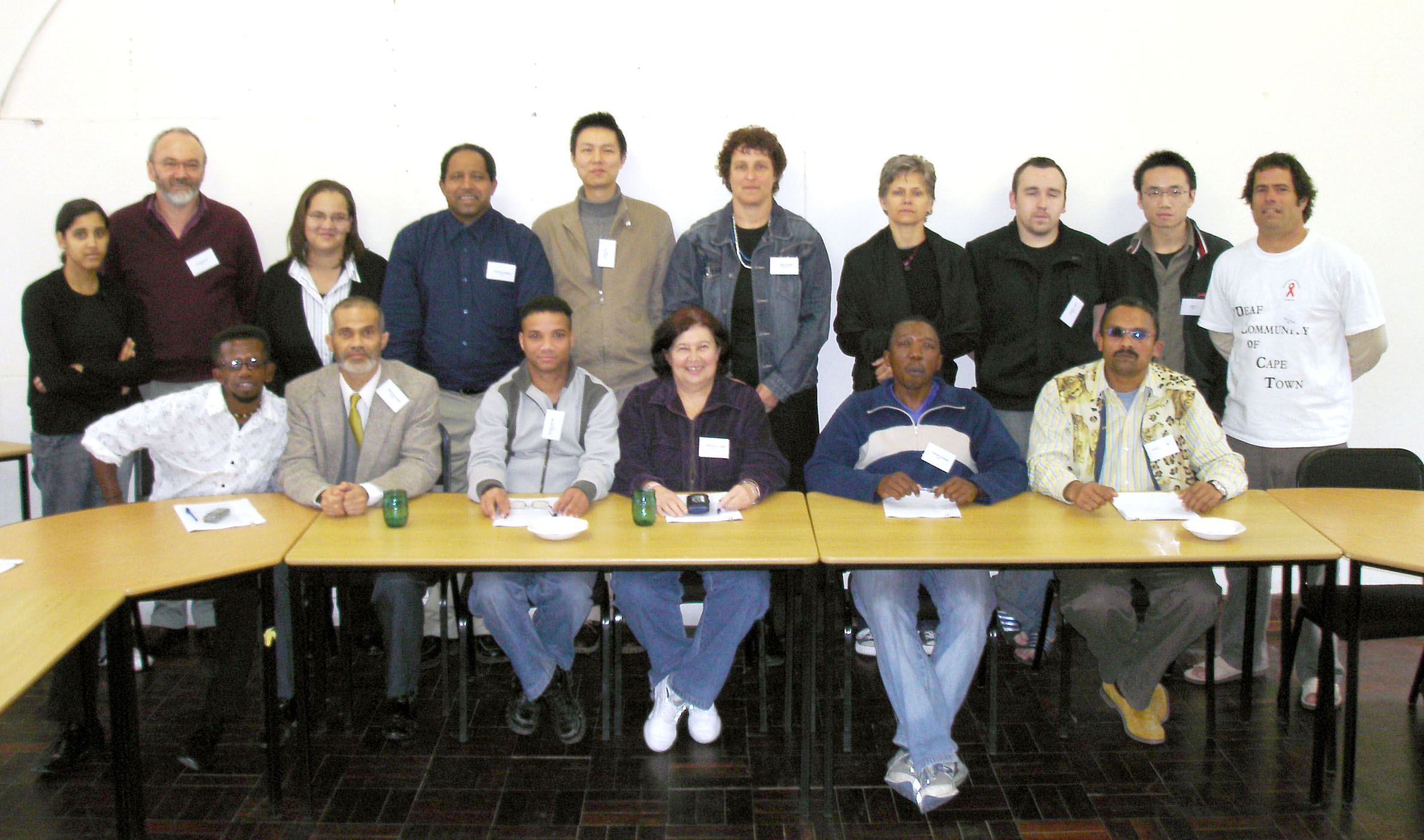
| Deaf Communications |
||
 |
Communication Access for the Deaf Project |
|
This project sets out to give Deaf users a practical way of communicating in their own language, South African Sign Language (SASL), and at the same time highlight policy impediments to the widespread adoption of such a solution. This strategy allows us to take action that makes a difference and reflect on the outcomes and their implications for policy making. There are a large number of Deaf people using South African Sign Language; it is estimated that there are at least 500 000, while the Deaf Federation of South Africa (DeafSA) put the number of SASL users at over 1.5 million, making it one of the bigger language groups in the country. Research QuestionsCan camera equipped cell phones as well as handheld and personal computers be used to provide an effective low-cost and natural communication tool for Deaf people who use sign language? Objectives
|
||
History
In 2000 Telkom introduced the Teldem for text based communica-tion by Deaf people. Glasser involved in the trials.
In following years (2002–2006) Tucker investigated text to voice and voice to text technology. Involvement with the community showed that this was not actually what was needed and the current project grew out of this: Deaf people want tools to enable them to communicate with other Deaf people at a distance.
Researchers
Bill Tucker (UWC), Meryl Glasser(SLED), Adinda Freudenthal (Delft).
